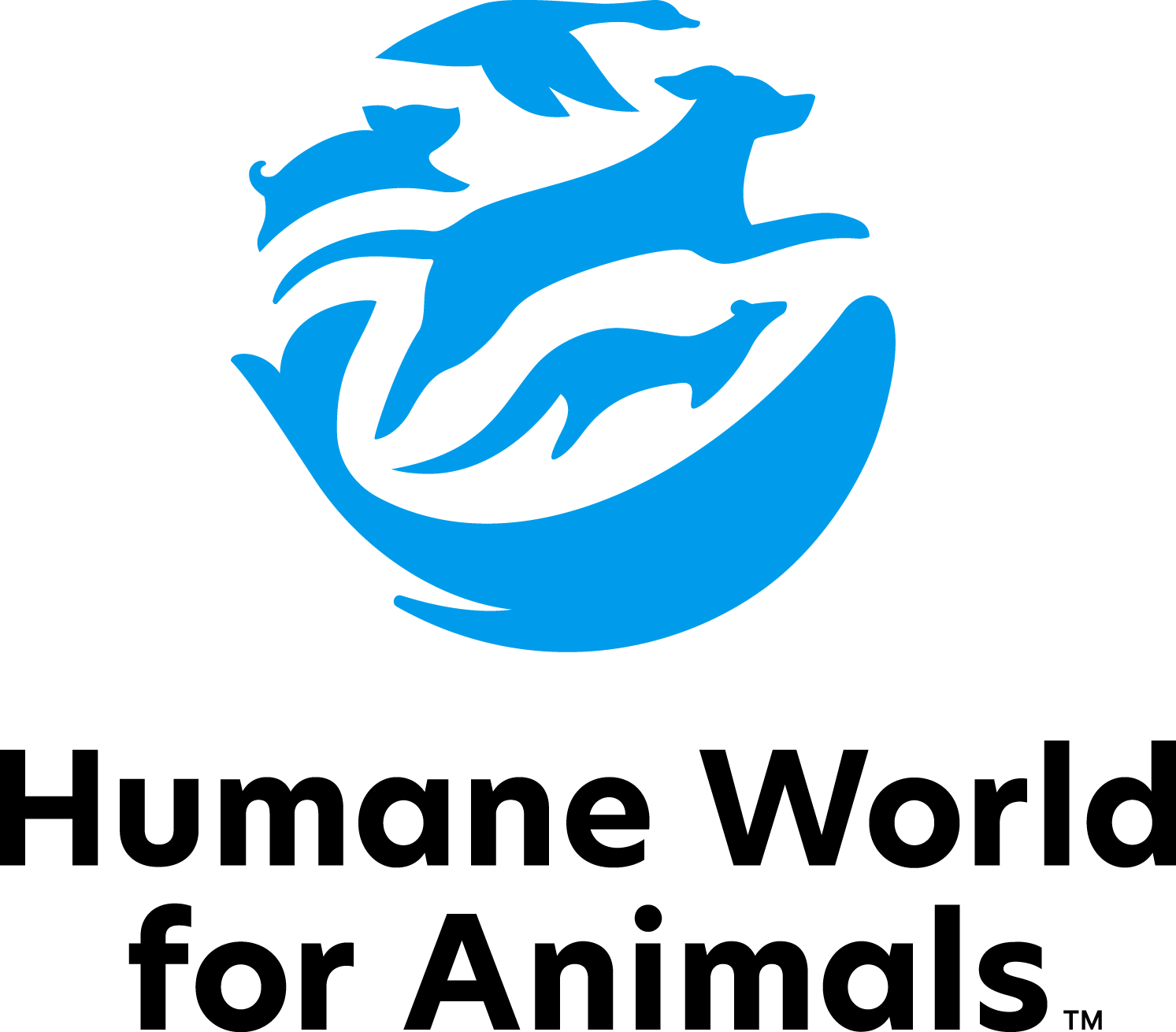Pets and Monkeypox Virus (MPXV)
(Published August 23, 2022)The Monkeypox virus (MPXV) is an orthopox virus, in the same genus as smallpox. Historically, cases of the disease have been concentrated in Africa, however there have now been confirmed cases worldwide, including in the United States. In addition to being spread human-to-human, Monkeypox can also be spread animal-to-human and human-to-animal. Reverse zoonotic transmission of the disease was recently confirmed in Europe—in a case of human household members infecting a pet dog. Information about this virus and disease is changing rapidly; there is still much that is unknown about the disease and many questions about it cannot yet be adequately answered. However, although not a lot is known about the disease, it should be assumed that any mammal is susceptible to Monkeypox. Transmission is thought to be via close direct contact with an infected human or animal. The incubation period can range from 1-2 weeks; the period of infection can last up to 21 days and the patient may be contagious throughout this period. Clinical signs of infection are non-specific and may vary with the severity of the case. These signs can include fever, skin rash or characteristic pustular (pox) or vesicular (blister) lesions, respiratory signs such as coughing or congestion, conjunctivitis and inappetance. It is important to note that skin lesions do not manifest in all cases of this disease, and because of the low number of animal case reports to-date, we have only limited knowledge about what MPXV infection will look like in most animals. Unless you know that a patient may have had close contact with a Monkeypox-infected person or animal, it makes sense to rule out more common causes of clinical signs before considering testing for infection and contacting public or animal health officials. At this point the CDC offers scant details about where to send suspect specimens for confirmation. A good first step would be to contact your state’s Department of Health or Department of Agriculture. MORE INFORMATION: The CDC guidance for veterinarians regarding Monkeypox has been issued to facilitate preparedness and to ensure practices in a veterinary clinical setting are in place to help staff, clients and animals stay safe and healthy. These include proper PPE usage and isolation and disinfection protocols. Consider checking the guidelines frequently, since they will be updated as more information becomes available. PROTECTING PETS: Pets play important positive roles in people’s lives, so it is critical pet owners keep Monkeypox concerns in perspective and not make rash decisions about their pets. Pets should be treated the same as any other at-risk family member and the same preventive safety and distancing guidelines should be followed if and when they are outside the home. More detailed information for pet owners who believe their pets may have been exposed to Monkeypox can be found in the article, What to do with Monkeypox-Exposed Pets?, by Dr. Scott Weese, DVM, ACVIM of the Ontario Veterinary College’s Centre for Public Health and Zoonoses. |

